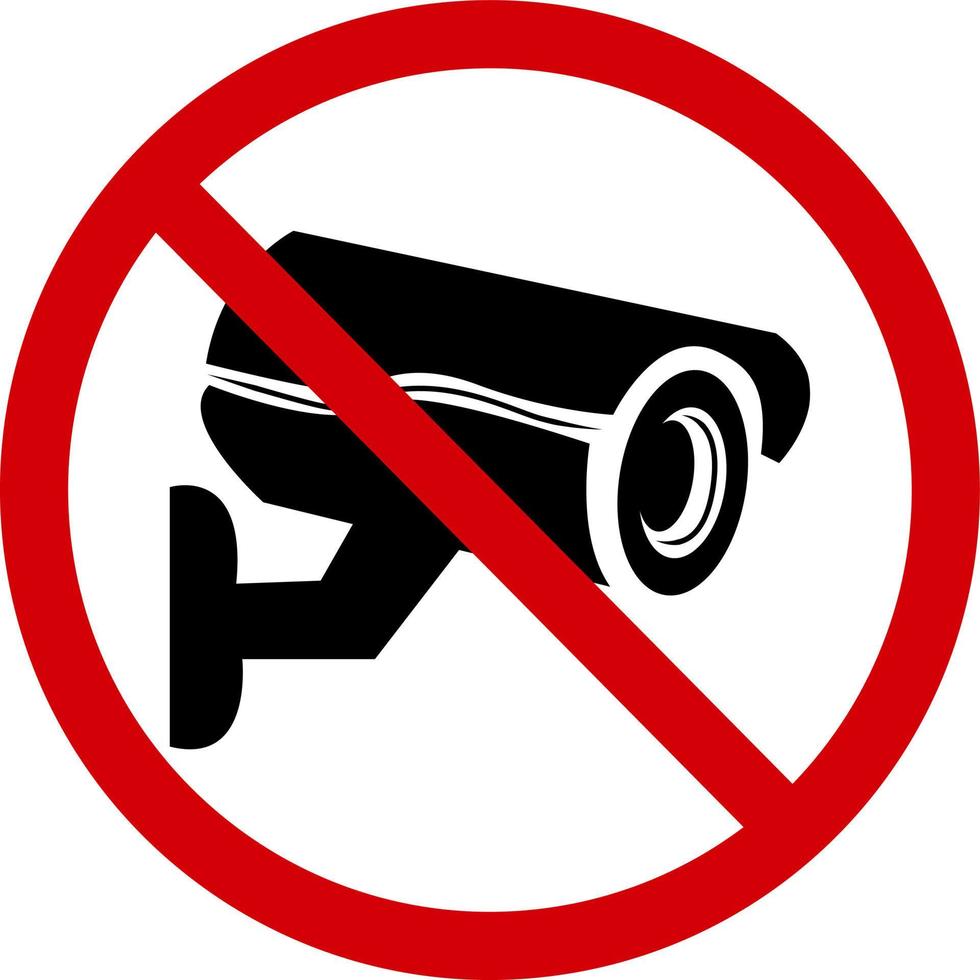… what should we do?
I guess it all depends on how it would be implemented, which is something I have a hard time imagining at this moment.
How do you imagine day to day online life in a post-Chat Control EU world? Which ways of communicating would still be private? Is there anything we can do at this point to prepare for the worst outcome?


So, part of this is (I’m thinking) that supporting the companies selling Linux phones would be a good thing. Expanding the market, funding research and prototypes for future products, etc. Is there a user consensus of which companies/phones would be the best bet for this? I’ve read a lot of conflicting reviews. Or, which are popular phone models people use?
Agreed completely!
I think there are two main schools of thought - one is to buy linux-first mobile devices, and the other is to make linux work on android devices people already have.
At the moment, linux on android devices is in a better state. From what I read, calls, battery, suspend etc. generally works well on the OnePlus 6/6T and Pocophone F1.
For the linux-first approach, I’m very fortunate to have both a PinePhone Pro and Librem 5. They are both improving, and I’ve been daily driving one or the other for a couple of years, but they do still involve some sacrifice. I’m not sure they’re ready for “regular people” yet, but they keep getting better.
Personally, apart from buying the devices themselves, I prefer to contribute directly to the projects focusing on the software. I feel you can’t go wrong supporting PostmarketOS and Mobian. They are doing heroic jobs and have come a huge way in a few short years. Because they work upstream-first, any benefits one achieves are shared with everyone else in the ecosystem. And any benefits apply just as well to the linux-first phones as to the ones that originally ran android.
It’s a long mountain to climb, but we’ve seen with Linux on the desktop that, over a period of years, things do get better. You used to have to pick your hardware carefully to get Linux installed. Now, you can install it pretty much anywhere, and most likely everything will work.
I feel eventually, the hardest problem in getting people to switch will be that proprietary apps won’t work well. I think all we can do is to improve our free software alternatives to the existing ones, especially those with network effects like chat apps, as much as we can.
Every small step we can take is an important one. It’s easier to get people to switch to Linux if they already use free software, as free software often does a better job targeting Linux than proprietary software does. Meanwhile, it’s easier to get people to switch to free software if they run Linux, as that’s the path of least resistance on that OS.